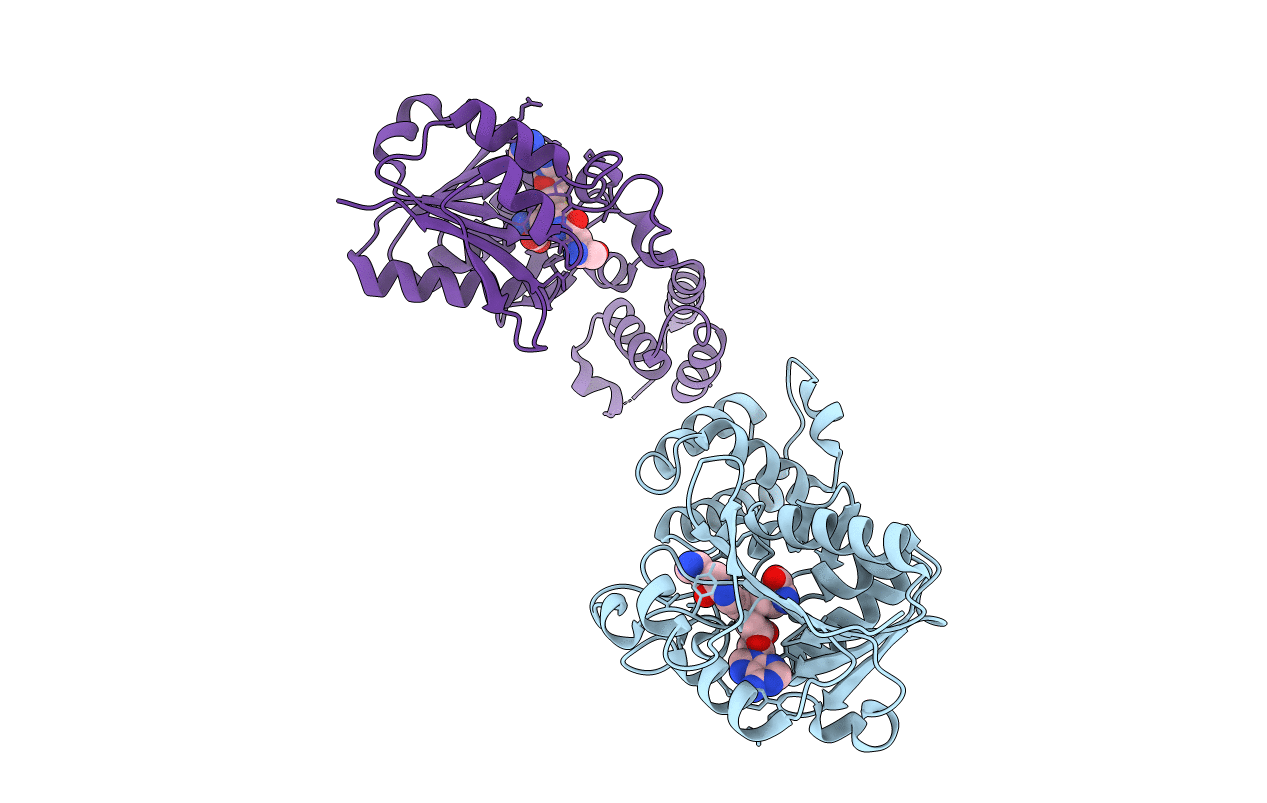
Deposition Date
2003-02-02
Release Date
2003-05-27
Last Version Date
2024-02-14
Entry Detail
Biological Source:
Source Organism:
Thermotoga maritima (Taxon ID: 2336)
Host Organism:
Method Details:
Experimental Method:
Resolution:
2.20 Å
R-Value Free:
0.25
R-Value Work:
0.18
R-Value Observed:
0.18
Space Group:
C 1 2 1


